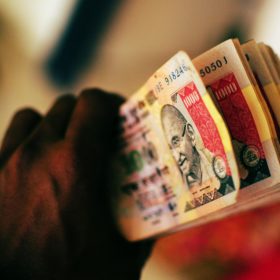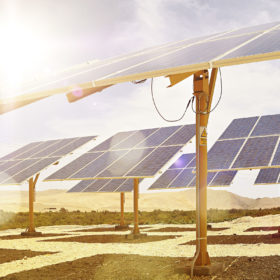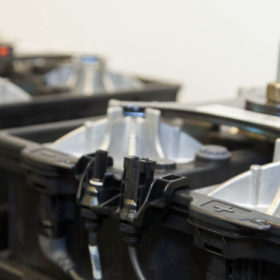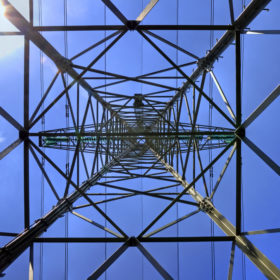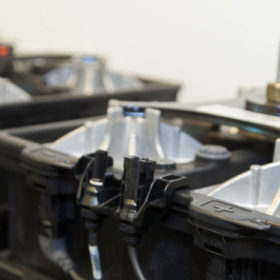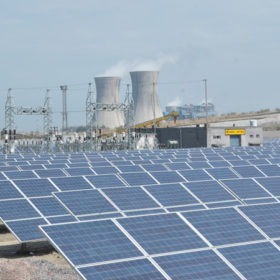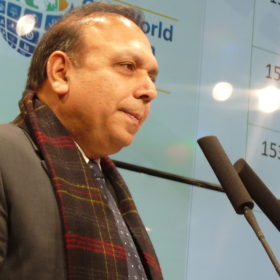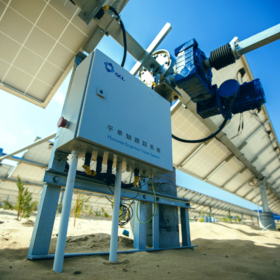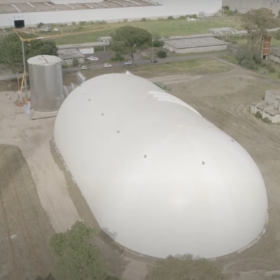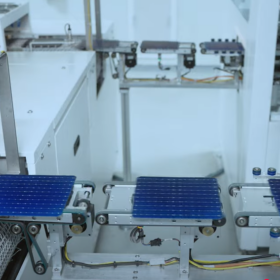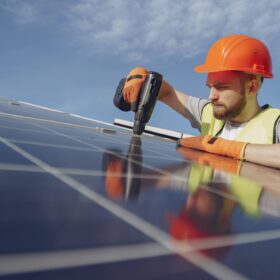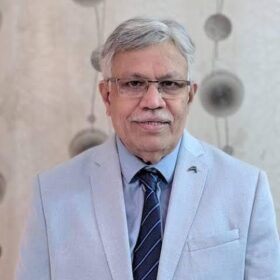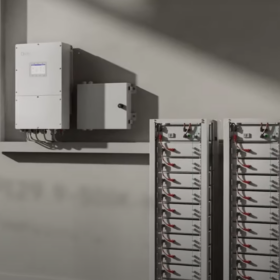GST and safeguarding duty have driven up solar power costs nearly 6%
A study by the Council on Energy, Environment and Water claims the imposition of goods and services tax on PV projects, safeguarding duty on module imports and late payments from hard-up power distribution companies are all hindering Indian solar.
25.75 GW farmland renewable with Rs 34,422 crore support approved
The President of India has approved total central financial support of Rs34,422 crore for the Kisan Urja Suraksha Evam Utthan Mahaabhiyan (KUSUM) rural solar scheme. Through the scheme, the government aims to add solar and other renewable capacity of 25.75 GW by 2022.
Cabinet approves five-year plan for EV battery manufacturing
Aiming to localize production across the electric vehicle value chain, the government will support battery manufacturing at a gigawatt-scale. The initial focus will be on large-scale module and pack assembly plants by the next fiscal year, followed by integrated cell manufacturing by 2021-22.
Andhra Pradesh regulator considers five-year PPAs
Hard-up distribution companies say they are not reaping the benefits of falling renewable energy generation costs because 25-year deals tie them to paying power prices which now appear unjustifiably high.
Andhra Pradesh gets fresh Lithium battery investment worth Rs 3400 crore
Following New Delhi based Urja Global, Singapore-based Ojovati and another Delhi-based company Avanze Inventive have signed memorandums of understanding (MoUs) for manufacturing of Lithium-ion cells and batteries in the state, respectively.
12 GW ‘new’ solar with VGF support approved
The president of India has approved the Rs 8580 crore viability gap funding (VGF) support for state-run generators to set up 12 GW of solar projects using domestically-made equipment over the next four years.
Assam takes a giant leap forward with 70 MW solar park
A state hamstrung by low irradiance, tough terrain and regular flooding is trying to move forward its energy transition. Previously, the largest solar project in Assam had a generation capacity of only 5 MW.
NLC completes 591 MW solar power projects in Tamil Nadu
State-owned NLC India Ltd – formerly the Neyveli Lignite Corporation – has commissioned 150 MW of solar power projects at Ramanathapuram and Virudhanagar Districts of Tamil Nadu, taking its total installed solar power capacity in the state to 591 MW.
SECI goes into overdrive with 6 GW tender plans announced in five days
The organization responsible for coordinating India’s push for 100 GW of new solar capacity by 2022 has had a busy week. But, as last year illustrated, tenders alone are not always a guarantee of new generation assets.
Solar buying from India, China rises as US imposes steel tariffs
US companies have boosted sourcing of completed racks from abroad in order to avoid the tariff on raw material [steel] imports, says Bloomberg.
